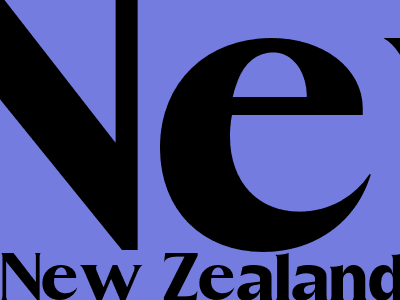
New Zealand, Māori People, Haka, and Protest
Introduction
The haka is a traditional Māori wardance in New Zealand, with a long history and cultural significance. In recent years, the haka has become increasingly associated with protest, as Māori people use it to express their concerns and demands for justice and equality.
The Origins of the Haka
The haka is believed to have originated as a war dance, used by Māori warriors to intimidate their opponents and prepare themselves for battle. The haka is also used to celebrate victories, welcome guests, and mourn the dead.
The Haka in Modern New Zealand
Today, the haka is still performed at many cultural events and sporting events in New Zealand. However, the haka has also become a symbol of Māori protest, as Māori people use it to express their concerns about issues such as land rights, environmental degradation, and social inequality.
The Haka as a Form of Protest
The haka is used as a form of protest in a number of ways. First, the haka is a way for Māori people to express their identity and their connection to their culture and their land.
Second, the haka is a way for Māori people to challenge injustice and to demand change. The haka is a powerful way to draw attention to an issue and to put pressure on those in power to take action.
Third, the haka is a way for Māori people to express their grief and anger. The haka is a way to channel emotions and to release pent-up energy.
Examples of Haka Protests
There have been many examples of haka protests in recent years. One of the most famous examples is the haka that was performed by the New Zealand rugby team, the All Blacks, before the 2011 Rugby World Cup final.
The haka was a powerful way to show the world the pride and determination of the Māori people, and it also served as a reminder of the ongoing struggle for justice and equality for Māori people.
Conclusion
The haka is a powerful and versatile cultural expression that has been used by Māori people for centuries. In recent years, the haka has increasingly become a symbol of Māori protest, as Māori people use it to express their concerns and demands for justice and equality.